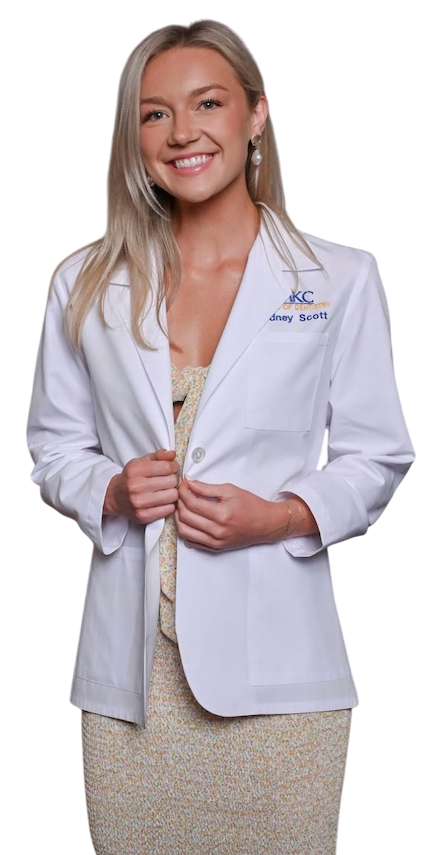If you’re feeling somewhat self-conscious about your teeth, or just want to improve your smile, cosmetic dental treatments may be the answer to a more beautiful, confident smile.
Cosmetic dentistry in Overland Park, KS has become very popular in the last several years, not only due to the many advances in cosmetic dental procedures and materials available today, but also because patients are becoming more and more focused on improving their overall health. This includes dental prevention and having a healthier, whiter, more radiant smile.
There are many cosmetic dental procedures available to improve your teeth and enhance your smile. Depending on your particular needs, cosmetic dental treatments can change your smile dramatically, from restoring a single tooth to having a full mouth make-over. Ask your dentist how you can improve the health and beauty of your smile with cosmetic dentistry in Overland Park, KS.
Cosmetic Procedures:
Teeth Whitening: Bleaching lightens teeth that have been stained or discolored by age, food, drink, and smoking. Teeth darkened as a result of injury or taking certain medications can also be bleached, but the effectiveness depends on the degree of staining present.
Composite (tooth-colored) Fillings: Also known as “bonding”, composite fillings are now widely used instead of amalgam (silver) fillings to repair teeth with cavities, and also to replace old defective fillings. Tooth-colored fillings are also used to repair chipped, broken, or discolored teeth. This type of filling is also very useful to fill in gaps and to protect sensitive, exposed root surfaces caused by gum recession.
Porcelain Veneers: Veneers are thin custom-made, tooth-colored shells that are bonded onto the fronts of teeth to create a beautiful individual smile. They can help restore or camouflage damaged, discolored, poorly shaped, or misaligned teeth. Unlike crowns, veneers require minimal tooth structure to be removed from the surface of the tooth.
Porcelain Crowns (caps): A crown is a tooth-colored, custom-made covering that encases the entire tooth surface restoring it to its original shape and size. Crowns protect and strengthen teeth that cannot be restored with fillings or other types of restorations. They are ideal for teeth that have large, fractured or broken fillings and also for those that are badly decayed.
Dental Implants:
Dental implants are artificial roots that are surgically placed into the jaw to replace one or more missing teeth. For those considering dental implants Overland Park 66221, porcelain crowns, bridges, and dentures can be custom-made to fit and attach to implants, providing a strong, stable, and durable alternative to removable dental appliances.
Orthodontics:
Less visible and more effective brackets and wires are making straightening teeth with orthodontics much more appealing to adult patients. Also, in some cases, teeth may be straightened with custom-made, clear, removable aligners that require no braces.
Thanks to the advances in modern dentistry, our cosmetic dentis in Overland Park can make a difference in making your smile shine!










